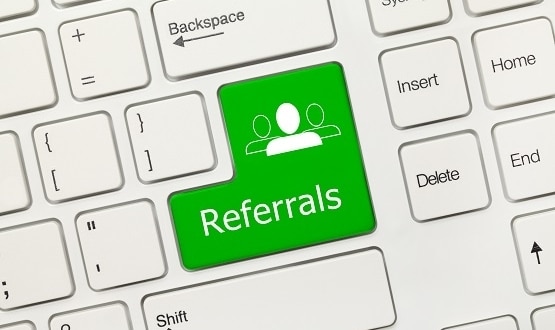East Suffolk and North Essex saves hours thanks to automation technology
- 8 October 2018

East Suffolk and North Essex NHS Foundation Trust has revealed it has saved more than 500 hours of medical secretaries’ time after introducing automation technology.
Thoughtonomy has been running at the trust since July and is believed to the first of its kind within the NHS.
The technology was deployed in five specialist clinical units: neurology, cardiology, urology, nephrology and haematology.
The Thoughtonomy Virtual Workforce platform includes three ‘virtual workers’ at Ipswich Hospital, which actively monitor incoming referrals from the national GP Electronic Referral Service (eRS) in real-time, 24 hours a day.
As soon as a referral is received, the virtual worker reads the content and extracts the reason for referral.
It then retrieves all relevant referral data and supporting clinical information, such as scan and blood test results from disparate sources, before merging everything into a single PDF document.
The virtual worker then uploads the document into the trust’s administrative database and alerts the lead consultant that the referral is ready for review and grading.
Within the first three months, the trust released more than 500 hours of medical secretaries’ time and estimates it will save £220,000 in associated direct costs by July 2019.
Darren Atkins, deputy director of ICT at the trust, said: “We’re delighted with the results we’ve realised so far and are hugely excited about the potential benefits of automating more processes across our Trust.
“When you look at the time and cost savings we’ve already banked within just one specific area of our operations, you start to get an idea of how intelligent automation can drive transformation on a huge scale within the NHS.”
The automated referral service was introduced at the trust as part of the paper switch-off programme, which came into force on 1 October.
NHS Digital announced in September that all acute hospital trusts in England are now only accepting electronic referrals for a first outpatient appointment with a consultant, beating the October deadline.





5 Comments
Big PDF documents are hard to navigate though if there is built in OCR and ability to easily navigate then sounds a good solution.
Sounds promising. However as a consultant who spends many hours every year triaging hundreds of GP to secondary care referrals I, as do my colleagues find trying to ‘parse’ multi page PDFs on desktop displays tedious and I think its making my eye sight worse! It much easier to ‘flick’ through a paper document (or at least I find it so). This issue of reading off screens is subtle issue but really important. How we construct docs for reading/assimilating in electronic format I think needs a lot of work and is remains poorly implemented in a lot of ways at the moment. Project’s like Lens (https://lens.elifesciences.org/) are an interesting take on this issue
By the time the information has been scrambled, first by the e-referral process and then by another automated process it will be unsafe if not impossible for anyone to process. It might save admin time but health professionals will need to spend a lot more time with patients, or finding the original source in order to unscramble the information. Patients will also need to be very alert in order to recognize that the consultant, or whoever, has got things wrong. This occasionally happens even with normal communications that have not been mashed up by a machine. Save admin time, kill a few patients . . . it’s swings and roundabouts.
Sounds great.
Are the consultants happy with the single pdf?
I’ve worked on a big scanning project and merging history and other documents made it harder for consultants to process.
This is fantastic work by Darren at ESNFT.
Comments are closed.